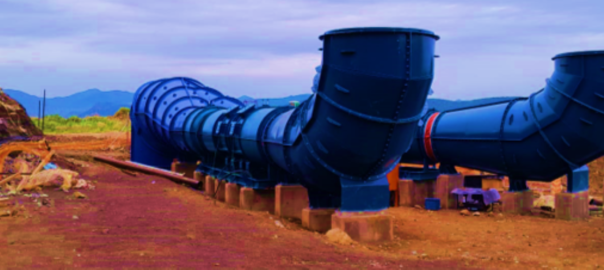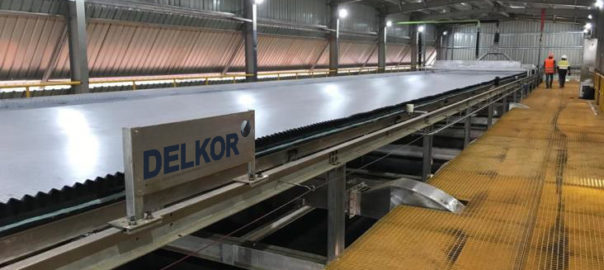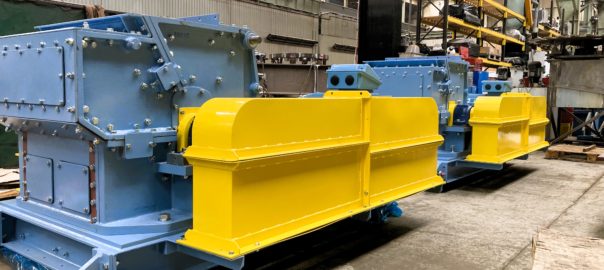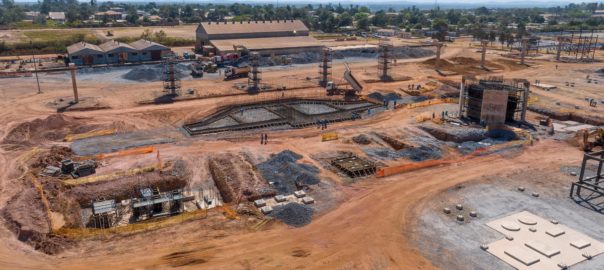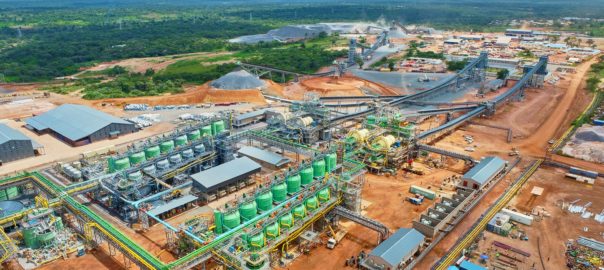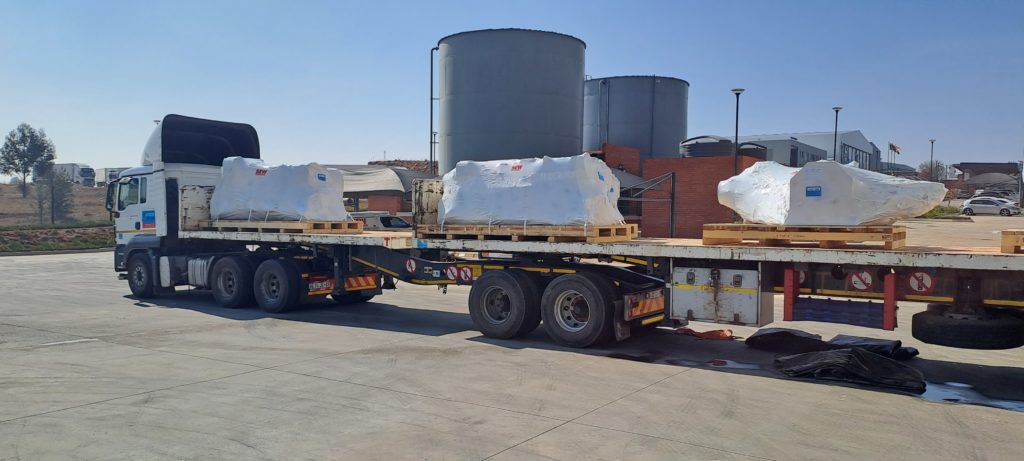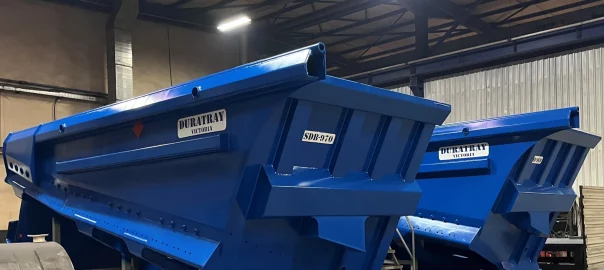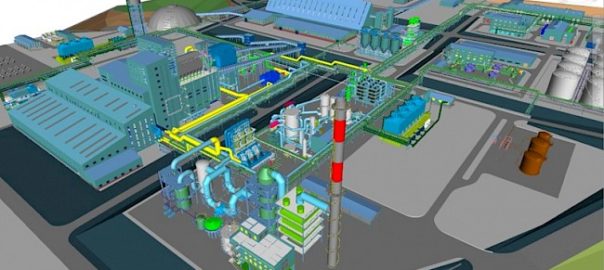Trafo Power Solutions says it is supplying three mini-substations and two transformers to a copper-zinc mine in the Democratic Republic of the Congo as part of an expansion at the operation.
David Claassen, Managing Director of Trafo Power Solutions, says the pressure was on from early in the planning stages to ensure this critical equipment would be available on time – to facilitate the continued mine expansion. From the date of the contract award, the company will deliver the units to the mine site within just four months – despite most of South African industry having taken an annual December break.
“We have conducted projects previously with the end client and the engineering, procurement and construction (EPC) contractor, so have a good understanding of their requirements,” Claassen explains. “This experience – combined with our history in the DRC and in the mining sector – gave us the edge in expediting the whole process.”
The order was for two 2,000 kVA transformers to step down the electricity supply from 6.6 kV to 550 V, as well as three dry-type miniature substations. Two of the mini-substations are rated 315 kVA and 6.6 kV to 400 V, while the third is a 630 kVA unit which also steps down from 6.6 kV to 400 V.
“This equipment is an important part of the mine’s electrical infrastructure upgrade,” Claassen says. “Of particular interest were the dry-type mini-substations, which were quite unique in certain respects.”
As a specialist in dry-type transformer applications, Trafo Power Solutions designed the mini-substations in an IP54 configuration – ensuring that the units are completely sealed from dust and water. This level of insulation usually requires a forced air solution to ensure adequate air movement for cooling.
“For this application, the requirement was for natural air cooling – so the installation would not include external fans and related control instrumentation,” Claassen says. “This option enhances simplicity and further reduces any chance of ancillary equipment needing attention.”
The design of the enclosure and the transformer therefore took account of this configuration, allowing enough natural cooling despite the high ambient day time temperatures in the region. Another demanding aspect of the contract was that the two 2,000 kVA transformers are to replace units in the mine’s existing substation. This required innovative design to ensure that the new equipment fits into the available space.
“Our replacement units have a higher power rating than the ones they will replace, so the design was customised to ensure the mine does not have to re-engineer the space,” Claassen says. “This highlights our flexibility in designing solutions to optimise ease of installation.”
Delivery to site will take place after a factory acceptance test (FAT) has been conducted. While the functional commissioning of the units is not part of Trafo Power Solutions’ scope of supply on this contract, the company offers a standard commissioning and assistance service. This is part of its value-add to any of its contracts.
“The rapid pace of this project indicates a growing trend not only in mining but in other sectors, towards fast tracking new developments and expansions,” Claassen notes. “Clients are expecting their supply partners to deliver on shorter timelines, so one of our key strategies is to learn from each project and apply those lessons going forward.”
This keeps Trafo Power Solutions at the forefront of efficient project execution, focusing actively on quality and communication. This ensures first-time accuracy and customised designs, so that no time is lost by unnecessarily revisiting aspects of the project as it progresses.
“Our non-corporate approach means that we can take decisions and act quickly on matters commercial and technical,” Claassen says. “Our proven skill is in achieving these goals without compromising on quality.”








